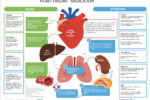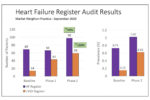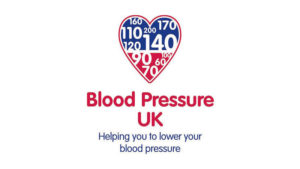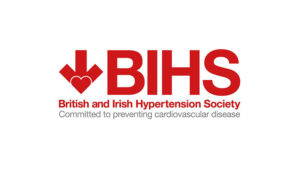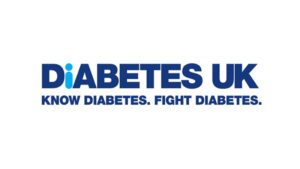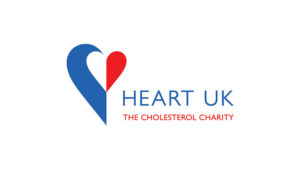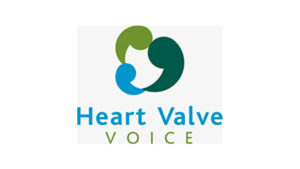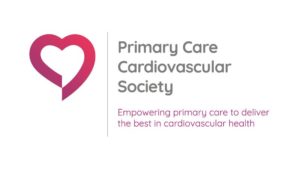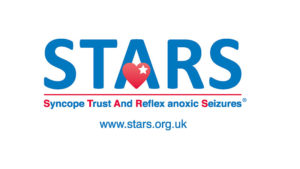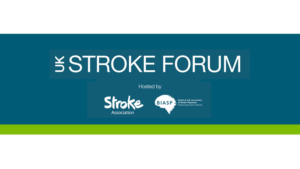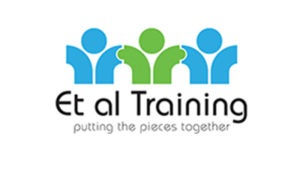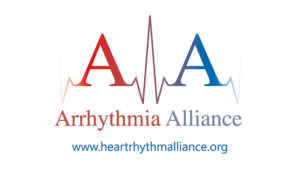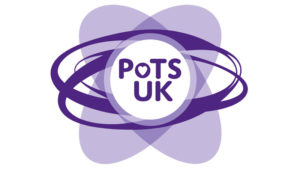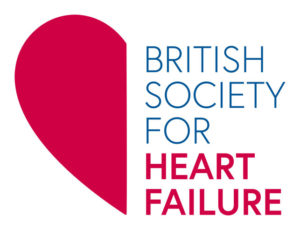A report from a multidisciplinary alliance has made a compelling case for a coordinated planin Europe to reduce the health, social and economic burdens of stroke related to atrialfibrillation (AF). The group comprises eminent cardiologists, neurologists, a healtheconomists, hospital pharmacists, a haematologist and representatives from patientorganisations.How Can We Avoid a Stroke Crisis? has been endorsed by 17 medical and patientorganisations, including the European Primary Care Cardiovascular Society. Its aim is tohighlight to European policy makers the need to achieve earlier diagnosis and bettermanagement of AF across Europe, with the ultimate goal of reducing the risk of stroke inpatients with AF. The key points summarised in the report are shown in table 1.
